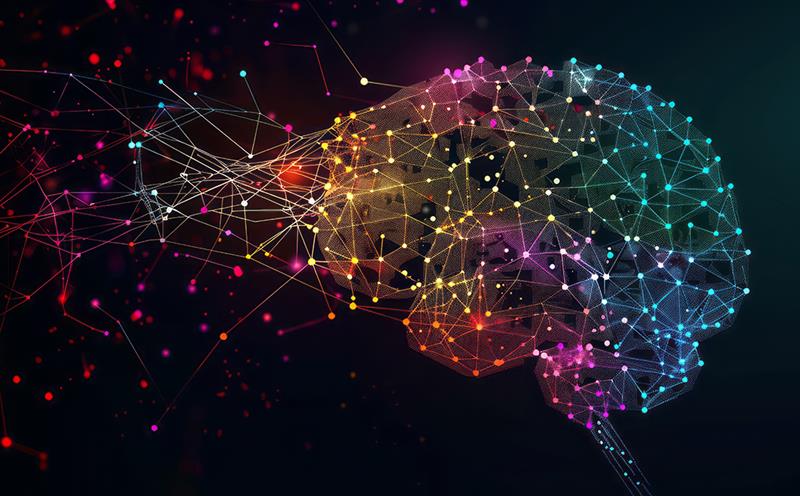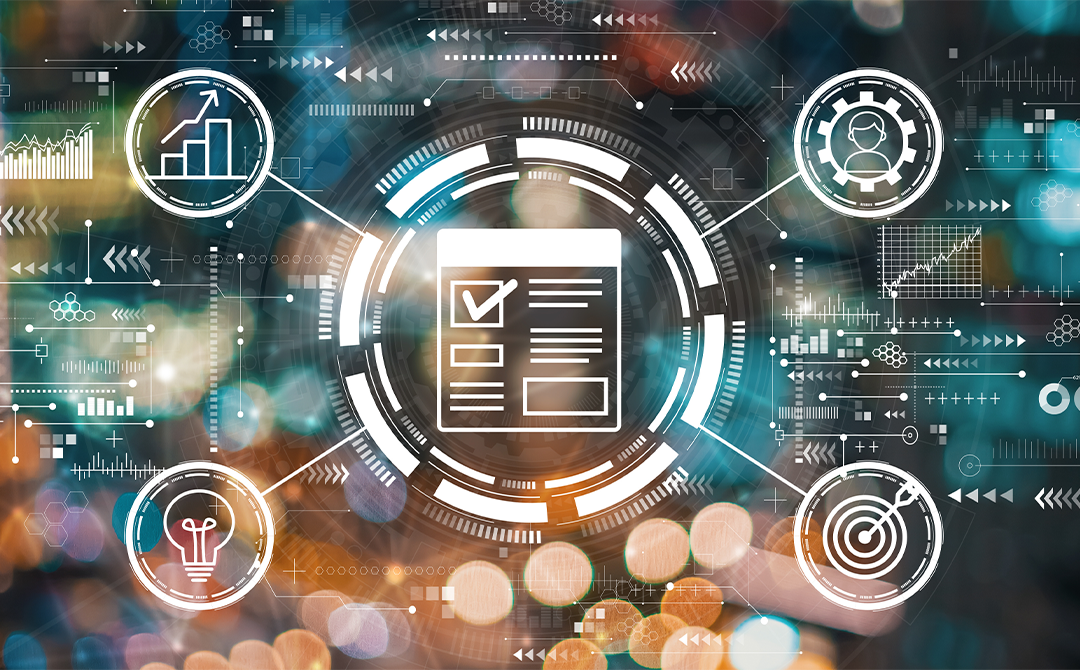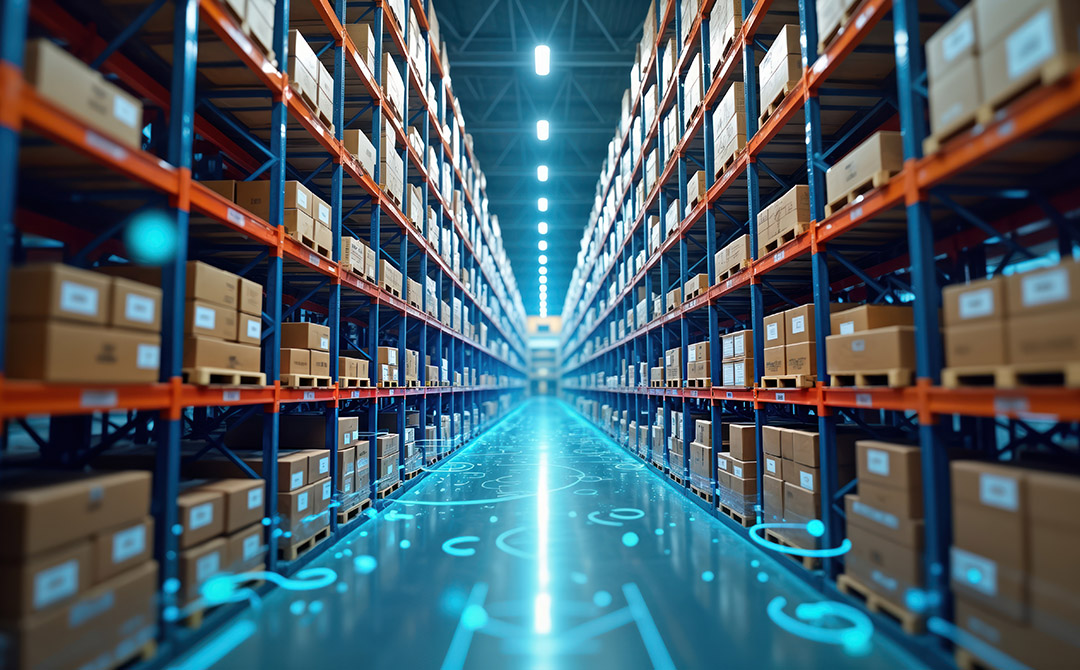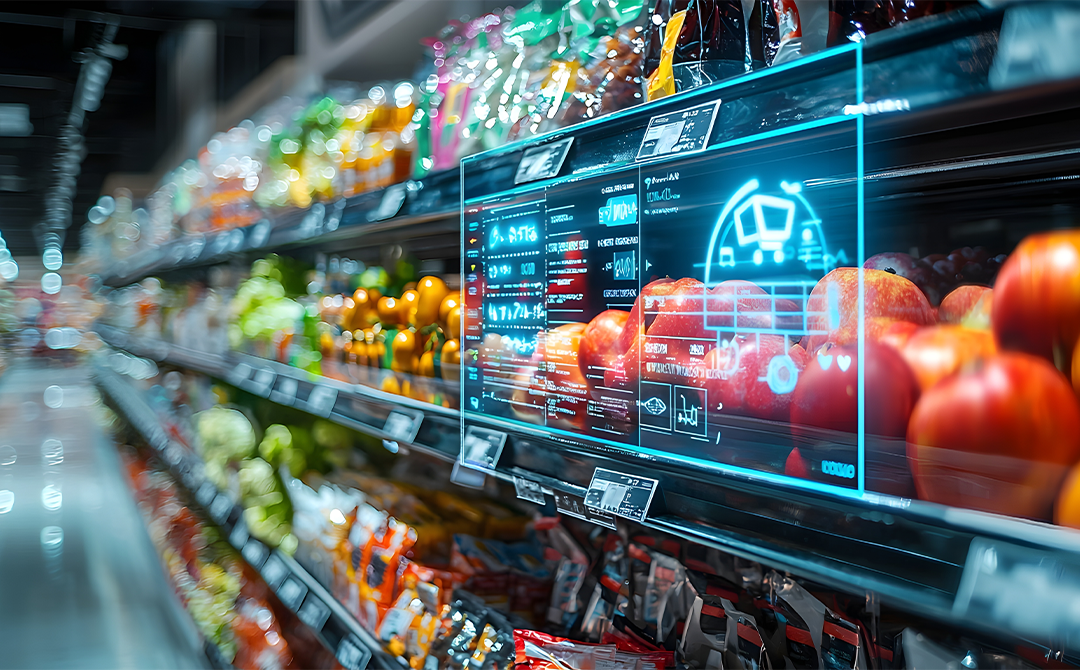
The consumer packaged goods (CPG) industry expanded significantly during the COVID-19 pandemic. However, the industry has been facing muted growth after the pandemic due to broader macroeconomic factors.
At the micro-level, the already fragmented space has become more competitive due to the emergence of niche private labels and smaller brands.
Market players are pressured to boost operational efficiencies and accelerate their digital transformational initiatives. As part of these efforts, CPG companies focus on developing in-house talent or acquiring other companies specializing in data analytics.
Interpublic Group, an advertising holding company, acquired Intelligence Node, a retail data analytics company, in 2024. Through this move, the company aims to boost its data analytics division (Source: The Wall Street Journal).
This article explores CPG data insights and how advanced data analytics tools and techniques can help companies in the CPG arena.
What is CPG Data Analytics: Meaning and Evolution
Consumer Packaged Goods (CPG) data analytics involves gathering, analyzing, and interpreting data from sales, marketing, and consumer interactions. It transforms raw data into actionable insights, enabling businesses to optimize CPG marketing, streamline supply chains, predict trends, and enhance decision-making capabilities.
Data analytics in CPG has undergone several evolutions since the early 20th century, when companies began to combine data with decision-making.
Procter & Gamble (P&G) was among the early adopters of data analytics in CPG. During the 1930s, P&G professionals would go door-to-door to collect customer data (Source: Procter & Gamble).
The development of retail audit systems by Arthur C. Nielsen has further boosted the focus on a data-driven approach. During the late 1930s, Nielsen created the Nielsen Food and Drug Index. This research service recorded the retail flow of grocery and drug brands through regular audits of carefully selected samples of stores (Source: Encyclopedia).
The 1990s brought another wave of innovation in the CPG data insights space. The rise of data warehousing and business intelligence tools enabled CPG firms to integrate varied data sources.
During the same time, Michael Porter, a thought leader, emphasized the role of data in understanding markets and value chains through his seminal work ‘Competitive Advantage Creating and Sustaining Superior Performance’ (Source: Investopedia).
In the 21st century, CPG analytics is no longer about tracking just inventory; it now focuses on predicting consumer behavior. Owing to the adoption of machine learning (ML) and artificial intelligence (AI), CPG companies are in a better position to understand consumer behavior, supply chain dynamics, and CPG marketing analytics.
Role of Data Analytics in CPG
Data analytics is not just for companies with large revenues or humongous data. It is ideal for everyone in the CPG space—whether a multinational company or a startup.
Data analytics uncovers the factors driving consumer purchasing decisions—whether it is price, perceived value, limited options, or a new social media trend. With data analytics, you remove guesswork and assumptions from the equation.
For instance, you risk wasting resources on underperforming channels if you invest in advertising and marketing without understanding what drives sales.
Data connects the dots, revealing which campaigns are effective and guiding you on where to allocate your budget for the best return on investment (ROI).
Key aspects where data analytics is used in the CPG industry include:
Data-driven Decision Making
With the help of CPG data measurement, companies can now make confident data-driven decisions based on key insights rather than intuition. Brands can make data-driven decisions by obtaining data directly from POS and other sources.
Pepsi Co, a multinational CPG giant, is overhauling Lay’s, its brand of potato chips, based on insights about declining snack volumes. To boost its data analytics capabilities, the company is sharing the data it collects with retailers in exchange for information on shoppers' basket composition (Source: Reuters).
In 2023, Nestlé’s e-commerce sales rose by 9.2 percent, accounting for 15 percent of the company's total sales. A key driver of this growth was the increased focus on customer personalization campaigns. Nestlé leveraged end-to-end analytics and AI to optimize product recommendations, enhance customer experiences, and drive more targeted marketing efforts.
Nestlé is also investing in developing in-house solutions. It has built a data science hub in Bangalore, India, to track ROI on its various channel investments.
The company also uses AI to monitor and optimize the relevance of more than 500,000 digital assets annually across its digital media spend. This strategy has already yielded up to a 66 percent return on ad spend across Meta platforms, including Facebook and Instagram (Source: Consumer Goods).
Targeted Marketing Campaigns
Precise audience/customer segmentation is the foundation of a successful marketing campaign. Skilled marketers usually segment their audience based on demographics, psychographics, shopping habits, age, gender, sex, and many other factors.
Gathering all this information involves a structured, process-driven data collection approach. However, collecting the data is only the beginning; harnessing it effectively consists of the adoption of robust data analytics methodologies.
Yum Brands, the owner of brands such as Pizza Hut and KFC, had started using data and AI-powered marketing campaigns to increase customer engagement (Source: The Wall Street Journal).
Spotify has long embraced data-driven marketing, showcasing how technologies such as Artificial Intelligence (AI) can transform customer experiences and fuel impactful campaigns. A standout example is Spotify Wrapped, a tradition that began in December 2016.
At the end of 2024, Spotify delighted its users by unveiling personalized insights based on their listening habits throughout the year. These insights included top songs, favorite artists, preferred genres, and minutes spent listening to music.
In 2024, AI Playlist also became a part of the Wrapped experience. Users could go beyond their Wrapped results by entering prompts such as “my top 5 genres” or “artists similar to my top 5” to create a personalized playlist (Source: Spotify).
Improving Operational Efficiencies and Minimizing Risk
Operational excellence is a key outcome for companies with a robust data analytics practice. Actionable insights help you derive meaningful patterns and streamline operations.
In 2023, P&G leveraged data analytics to enhance operational efficiency and drive business growth. The company improved demand forecasting, optimized inventory management, and streamlined production processes by implementing advanced analytics across its supply chain.
This data-driven approach enabled P&G to reduce costs, minimize wastage, and respond swiftly to market demands, reinforcing its position as a leader in the consumer goods industry (Source: The Economic Times).
Identifying New Product Opportunities
Consumer behavior is constantly evolving, and this is especially true in the CPG industry. Sustainability, clean labeling, ethical sourcing, and veganism have significantly impacted CPG sales.
Brands that detect emerging trends early, swiftly develop products, and accelerate their time to market gain a crucial first-mover advantage. However, carrying out these tasks without a well-established data analytics process can be challenging.
In December 2024, Colgate-Palmolive leveraged data analytics and digital twin technology to streamline new product development. The company efficiently tested potential products by creating virtual consumer models and analyzing responses to various features and claims. This approach enabled Colgate to refine products before their introduction in the market, enhancing the likelihood of successful launches (Source: Reuters).
Thus, the role of CPG data analytics cannot be overstated, especially with thousands of companies competing for consumer attention. Technological advancements have decreased the cost of adopting data analytics in recent years. This has encouraged a large number of companies to invest in this discipline.
Key Data Sources for CPG Analytics
Data analytics cannot be effective without high-quality data. But what are the sources of data collection in the CPG industry? Which sources are more reliable and accurate? Let us take a look.
POS Data
Every product scan at a retail store is proof of customer preference. There may be exceptions, such as a customer’s preferred product being out of stock, but these are rare.
POS data often provides an accurate analysis of customers' preferred products. It is bereft of any guesswork and gives you a clear picture of your sales and customer preferences.
Most brands collect this data through advanced and affordable POS systems, but many still struggle to utilize it effectively.
Successful brands, on the other hand, effectively leverage this data by breaking it down by region, SKU, time of day, and pricing. This approach gives them a clear and detailed understanding of what is happening.
Consumer Panels
Why do customers prefer a particular product over the other options available? What makes certain products transform consumers into loyal buyers and brand advocates? Figuring this out is a complex process; however, consumer panels have proven to be a practical solution for CPG companies.
Consumer panels provide detailed insights into the subtle and nuanced factors that influence consumer behavior. With consumer panels, you can track what people buy, how they feel, and what is changing for them.
E-commerce Data
Every click, view, and abandoned cart provides insight into the customer journey.
Many customers may view your product, but sales could be low due to long delivery times. Or the labeling does not provide clear information about the product's key ingredients to potential customers.
Data analytics involves collecting data throughout the customer's journey on the app or website and then using the data to derive meaningful insights.
Supply Chain
Supply chain data is the engine driving smarter decisions in CPG analytics. It captures critical details at every stage—procurement, production, and distribution— and delivers insights that leaders can act upon.
This data, collected through CPG analytics tools such as ERP systems, IoT sensors, and tracking platforms, is centralized into a single system, ready to fuel business intelligence.
Raw data then gets cleaned, organized (preprocessing), and segmented by SKU, region, or supplier to meet specific business goals. The result? Real-time dashboards that provide instant visibility into inventory levels, order fulfillment rates, and production cycles.
Third-party Data
Third-party data includes macroeconomic indicators, weather patterns, and demographic trends that impact consumer behavior and markets in general. It is usually collected from government reports, consulting firms, and trade journals. This data complements internal datasets such as POS or supply chain metrics.
When synced with internal data, third-party data creates a more holistic picture of the market. For instance, weather data can guide seasonal product strategies, while economic trends drive pricing adjustments, ensuring decisions align with broader market conditions.
Thus, data comes from disparate sources in structured, unstructured, and semi-structured forms. Cleaning, unifying, and harmonizing the data before it is used is key to better insights.
Unleashing the Potential of AI CDP with Tredence
Enterprises strive to fully integrate AI and ML, aiming to harness their full potential to transform business operations. Tredence supports these efforts by helping companies achieve their data objectives.
Tredence combines deep data engineering, data science, and ML expertise with extensive domain experience to help organizations modernize their data foundations and transform enterprise data into actionable insights.
Its portfolio includes over 140 AI/ML accelerators designed to address even the most complex data science and ML challenges. These accelerators empower organizations to unlock unprecedented value from their data. Using Tredence accelerators, clients can achieve meaningful results in weeks, not months.
Tredence’s approach delivers tangible results, supported by an industry-leading 94 percent Net Promoter Score across 1,000+ project engagements. Contact Tredence today to transform your organization with advanced data science and ML solutions.
FAQs
What is CPG advanced analytics?
CPG advanced analytics uses advanced tools to go beyond basic reporting and uncover complex patterns to predict future trends. It uses advanced processes involving machine learning and predictive modelling.
What are the primary sources of CPG data?
The key sources of CPG data include point-of-sale (POS) data, customer surveys, market research reports, data from distributors and retailers, and social media insights.
What is panel data in CPG analytics?
Panel data is a longitudinal dataset where the same group of consumers is tracked over time, providing insights into purchase patterns and brand loyalty.
How can data quality issues be addressed in CPG analytics?
Validating data sources and applying rigorous data cleaning methods are crucial to ensure the accuracy and currency of the data used for insights.
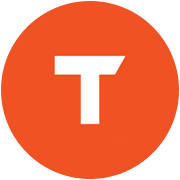
AUTHOR - FOLLOW
Editorial Team
Tredence
Next Topic
The LLMOps Excellence: Driving Efficiency and Innovation in Generative AI
Next Topic
